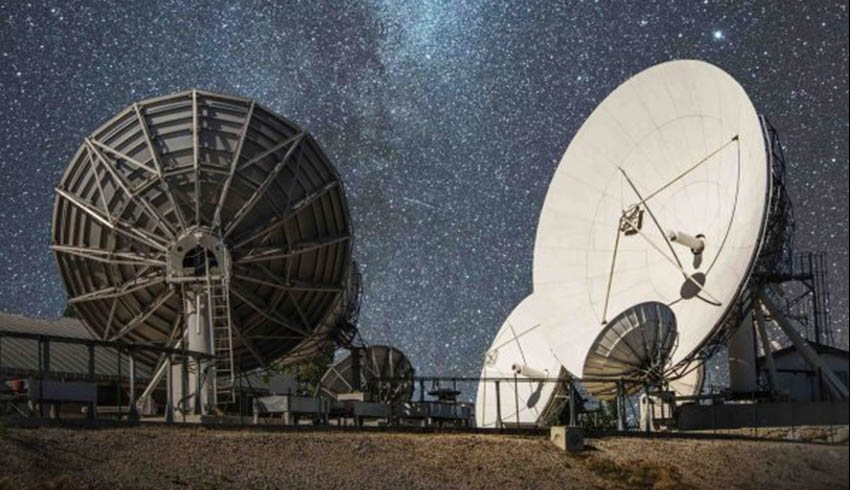ESA said with so many spacecraft and satellites currently supported by the ESA tracking network, the station was running near to full capacity.
“To ensure communication links with current and future missions – such as the planned Lagrange mission to monitor our temperamental Sun – the network will need higher capacity. For this reason, as part of ESA's Space19+ campaign, ESA is proposing a new 35-metre antenna in Western Australia,” ESA said.
Australia has long been involved with tracking other people’s space missions, dating back to the dawn of the space age and the US Apollo program, which put man on the moon.
Tracking and communications has been performed through facilities, mostly in NSW and the ACT, especially NASA’s Canberra Deep Space Communications Complex at Tidbinbilla outside the national capital.
Less well known is the ESA New Norcia Station, about 135 kilometres north of Perth, one of three tracking facilities for ESA space missions. The others are in Spain and Agentina.
All form part of the ESA tracking network ESTRACK, able to receive vast quantities of data from distant spacecraft. Farthest so far was the NASA Cassini spacecraft more than 1.4 billion kilometres from Earth.
New Norcia began operations in 2003 and from the start of this month is managed by the CSIRO, which also runs the Canberra Deep Space Communication Complex.
New Norcia and ESA’s other two stations are operated from the ESA control centre in Germany. It also provides tracking services for Ariane, Soyuz and Vega launchers lifting off from the European Spaceport at Kourou, French Guiana.
Australia and ESA have had treaties in place since 1979 to enable ground stations on Australian soil to track spacecraft and interplanetary missions.
The three ESA stations were all built between 2002 and 2012, and all possess state-of-the-art capabilities for tracking and communicating with Europe’s deep space missions, including the Mars Express now in orbit around the Red Planet and BepiColombo, which is on its way to Mercury.
ESA said New Norcia’s 35-metre deep space antenna was now being looked after by a new team, led by site manager Suzy Jackson, who previously worked as an engineer on development of CSIRO's Australian Square Kilometre Array Pathfinder radio telescope in WA.
The New Norcia station is key to communicating with Europe's missions across the solar system and observing the universe, including Mars Express currently in orbit around the Red Planet and BepiColombo – on its way to Mercury.
"Australia is well suited to radio astronomy and radio communication with spacecraft and rocket launchers," Jackson said in an ESA article on New Norcia.
"In Western Australia, you don't have to go far before the population density drops straight away. It's terrible for mobile phone coverage but just perfect for clear skies, without interference from people's phones and televisions."
ESA has considered other measures to increase the capacity of its tracking network.
One proposal was to use an existing deep space dish antenna at the DLR Weilheim site near Munich, which isn’t at full capacity.

